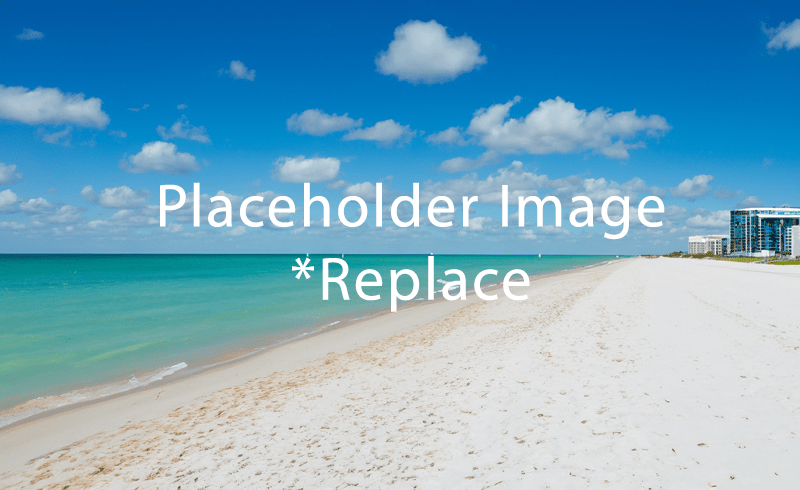White labeling—selling products manufactured by a licensed partner under your own brand—can be the fastest practical path to launching a cannabis vape line, but it isn’t automatically the best one. The answer depends on capital, regulations, quality controls, and how you plan to differentiate.
Speed-to-market is the clearest advantage. Contract manufacturers already operate permitted facilities with established filling lines and compliance programs, letting a startup bypass months of licensing and buildout. In California, for example, vape manufacturing requires a state manufacturing license, and products must be packaged and labeled in final form before they can be transferred to a distributor for compliance testing—procedural gates a qualified partner has already cleared. State licensing reviews can take months, and local processes such as CEQA studies can add roughly six months, which white-label partnerships help you avoid. Many operators report launches within months rather than years when using vetted white-label services.
White label also avoids heavy upfront capex. Extraction and filling equipment ranges from tens of thousands to well over six figures per line, before ventilation, classified rooms, and specialized staff. Historical reporting places a 5-liter CO₂ extractor around $100,000, with “starter” hydrocarbon units significant investments—figures that exclude facility buildout. For founders, renting capacity frees scarce dollars for branding, sales, and placement. At scale, automation on partner lines can reduce per-unit labor costs for cartridge filling and capping.
Quality and safety, however, must be non-negotiable. The 2019 EVALI crisis linked vitamin E acetate and other adulterants to severe lung injury, underscoring why brands need transparent formulations and rigorous vendor control. Public health agencies warn against vitamin E acetate in any vaping product and found the additive in patient lung fluid during the outbreak. Beyond diluents, peer-reviewed toxicology reviews flag certain flavoring chemicals as cytotoxic, reinforcing the need to vet flavor systems and hardware.
White label carries strategic trade-offs. Margins are often thinner than vertical integration because you’re paying tolling fees and sharing scale benefits. Differentiation can suffer if multiple brands use the same base oil or identical devices. Operational dependence is real: a partner’s capacity crunch or a recall can stall your pipeline. And “brand-only” strategies still require distribution and retail relationships, which come with their own licensing timelines at the state and local level; meanwhile, manufacturers may prioritize larger clients first.
So is white labeling the fastest path? For most founders in regulated markets, yes—if speed and capital efficiency are the priorities. You focus on positioning, SKUs, and sell-through while a vetted partner manages validated processes such as oil refining, terpene blending, device qualification, and packaging. The model is widely used to control costs and tap specialist know-how across the cannabis supply chain. Still, speed without governance is risky: under-managed supply chains can recreate past failures; the safeguard is disciplined vendor selection, clear specs, lot-level documentation, and active oversight.
Best practices if you choose this path:
• Verify that the manufacturer holds the correct license and follows labeling rules; review audits and SOPs.
• Contractually prohibit diluents implicated in EVALI and require full COAs on every batch.
• Evaluate toxicology for flavors and aerosols; avoid unnecessary inhalation exposures.
• Negotiate formulation or hardware exclusivity to protect brand identity.
• Model unit economics carefully and build redundancy with a second qualified partner.
Bottom line: white labeling is usually the quickest viable route to a compliant vape brand, but sustainable advantage comes from product integrity and brand execution, not speed alone.

